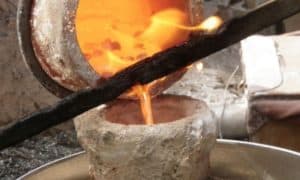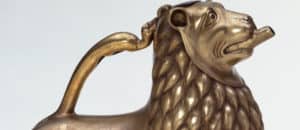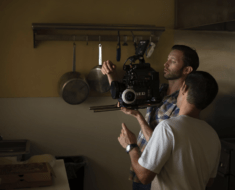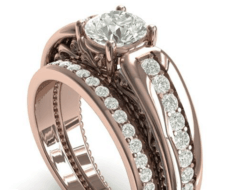
Source: https://www.metalworkingworldmagazine.com/
Most of us take the concept of metalworking for granted. Whether referring to a mobile phone case or a car engine, the fact of the matter is that this technology has taken millennia to achieve. This is particularly the case when referring to metals such as bronze. Were you aware that the history of bronze can be traced back as far as 2800 BCE? An combination of copper and tin, this metal ushered in the Bronze Age due to its durability and resilience. What are some of its applications in modern times? Let’s take a closer look at the unique benefits of bronze.
A Number of Unique Uses
Bronze is a unique metal in the fact that it is used in literally thousands of different industries. You might already be familiar with bronze musical instruments such as horns and saxophones. However, did you know that this metal is also an excellent conductor of electricity? Bronze can also be used in combination with aluminium in order to make tools used for mechanical machining. Whether referring to the washers within your kitchen tap or bronze jewellery, the fact of the matter is that modern life would be nearly impossible to imagine without this material. It also seems as if artists have not taken this prominence for granted.

Source: https://whatsonhighlands.com/
The Role of Bronze Role Within the Artistic Community
Bronze has been used to adorn doors to palaces and as an accent to architectural elements for centuries. However, it can be argued that the most famous example of this metal can be seen in the countless bronze sculptures which have been created over the years. Why is this the case?
One of the first factors to keep in mind is that bronze has a much lower melting point than other metals. In other words, it is easier to cast molten forms. This has allowed artists to create incredibly intricate pieces. The other major advantage involves the fact that bronze is actually quite hard once it has cured. So, it is able to withstand harsh weather conditions. It should therefore come as no surprise that some of the most famous statues throughout the United Kingdom have employed bronze.

Source: http://www.vam.ac.uk/
What About Modern Alternatives?
Of course, there are many unique metallic combinations which can be used within countless industries. It is still an undeniable fact that bronze is here to stay; particularly when referring to the ways in which individuals create truly unique forms of art. This is even more relevant when we consider the fact that more modern materials such as titanium are nearly impossible to transform by hand.
From electrical components to contemporary sculptures that we might often take for granted, it is impossible to overstate the importance of bronze. Still, we have to wonder when this metal was first discovered and how long it took until its unique attributes were appreciated. The bottom line is that bronze is more common than you might realise. Keep this in mind the next time you make a phone call or fly on an aeroplane, as there is no doubt that bronze is playing a role.









































